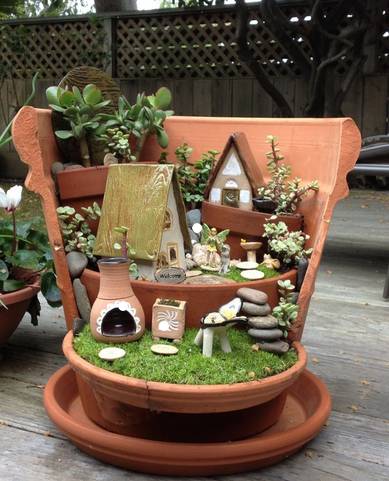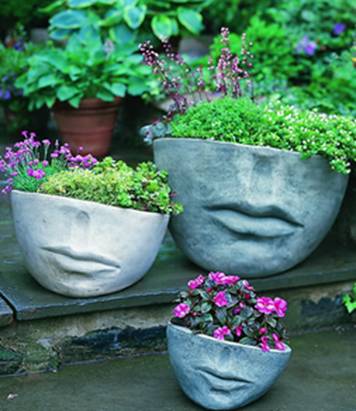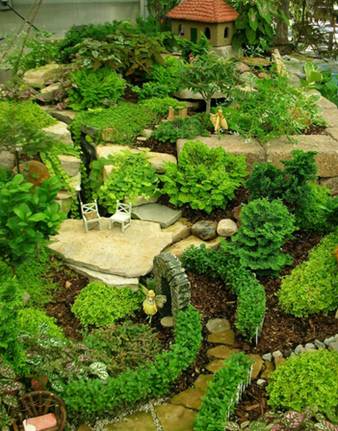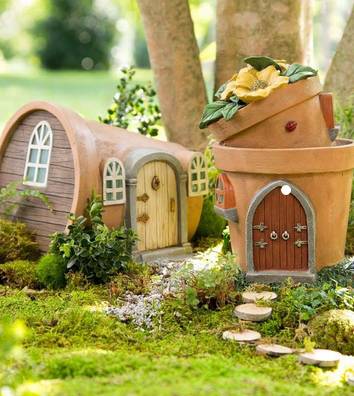Make Your Own Vegan Compost
A growing number of people today are turning to gardening, not only as a means of relaxation and going green, but also as a money-saving means of feeding themselves and their families. One of the things a gardener needs in order to truly gain the benefits of having grown plants in the garden is compost, essentially decomposed matter that aids in the healthy growth of plants.
Per the definition, it does take a long time to produce usable compost. As such, it’s important to get the right components beforehand. Below are a number of amazing things you can use to create the compost, as well as the steps involved.


Loosen the soil in preparation for the pile.
There are a number of reasons why it’s best to first loosen the soil before creating the pile. First, doing so allows air flow. Second, it allows proper drainage. Third, it makes the soil and compost resistant to erosion. Fourth, it helps any life forms beneath the compost to move freely.
To loosen the soil, you can use a shovel. A rake can also be used to grind the soil down.


via trulygeeky
Collect the materials needed for the compost.
For the ‘vegan’ compost, you will need a number of weeds, drying or dried leaves, wood chips, small twigs, and immature crops like alfalfa, hemp, and fenugreek.

via designferia
Pack the compost with nutrients.
With nutrients, any vegetables, fruits, and other crops you plan on growing will grow properly. To pack your compost with nutrients, you need a good number of organic compounds from different sources placed in the compost. It’s also important that you add healthy soil for the micro-organisms and worms so you can have rich hummus for the plants.
But the most important are nitrogen and carbon. Achieving a good ratio between both elements assures you of plants with healthy cells. The ideal ratio is 45% carb, 45% nitrogen, followed by 10% soil.


via here
Here’s one way to pack nutrients into the compost. You can add 5-8 centimetres of wood chips and twigs, followed by another layer of dried leaves having the same depth. Thoroughly water between and after layers. Both layers will be your carbon layer.
Keep in mind that these are not the only things that have carbon. Everything that you can find in the garden contains carbon. But not all things that contain carbon are great for your compost pit. Some examples of unsuitable materials are ink on cardboard and pine needles (which are acidic).
Why should you water between layers? Remember that you want to make soil. Soil needs to contain billions of organisms and microbes. Soil must also contains numerous minerals, organic matter, and nutrients. Water is the very thing that completes the decomposition life-cycle. By frequently adding to the pile, decomposition happens faster.

via flickr
Adding the nitrogen layer.
This step involves adding 5 to 8 centimetres of grass, compost crops, and weeds. You should also add a kitchen waste layer that is 5 to 8 centimetres in depth. Water between and after layers well. Both layers will serve as your nitrogen layer.
So many things are rich in nitrogen. Great examples include coffee grounds and hay. Other great examples include nettle, hemp, clover, dandelion, barley, and fenugreek.
For kitchen waste, the best sources of nitrogen are banana peels and fruit pits. Other left-overs from the last garden harvest can also be used for the compost pit so that the nutrients in those left-overs go back to the soil. Heavy eater of raw veggies and fruits? Leftovers from these meals will fulfill the mineral needs of your compost!

Soil layer and assembly.
Of course, the compost layers and soil (the final layer) need to be placed in a wooden structure set several inches below the earth’s surface. If, after all the layers have been added, the structure is not yet full, you can repeat the entire process until the structure is filled to the top.

After setting up the compost: Keep your soil nourished with rainwater!
The use of tap water in the garden may allow seedlings to grow into healthy plants, but it is the use of rainwater in the garden that lets seedlings grow into healthier plants. To be able to use rainwater for gardening, it’s important to collect it first. The best way to collect rainwater is through the creation of a rainwater harvesting system.
To create your system, you need a different number of components. The first is the catchment system, which needs to be made of unpainted metal. The second are the number of pipes and the gutter that will direct the water from catchment area to underground rain water tanks direct. Filters are also needed to keep contaminants and harmful micro-organisms away from the tank.
The last essential component of a rainwater harvesting system is a pump. Pumps allow homeowners to use collected rainwater in many different chores.


via enchantingwhims
